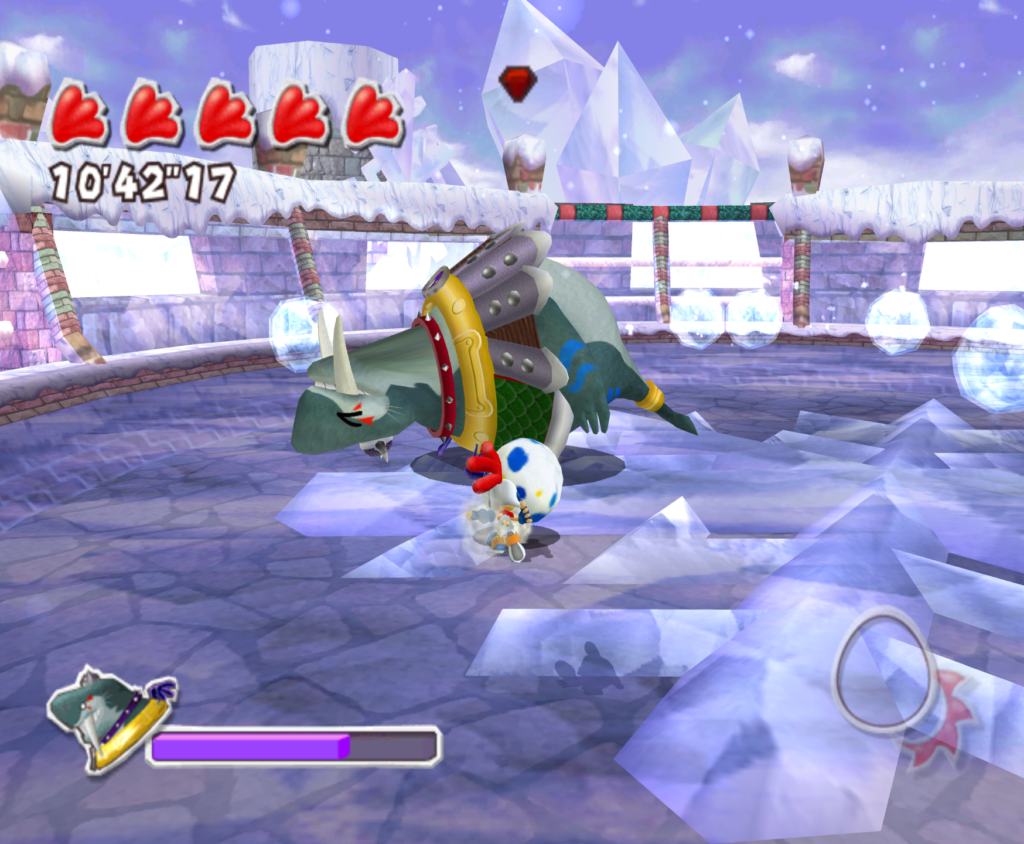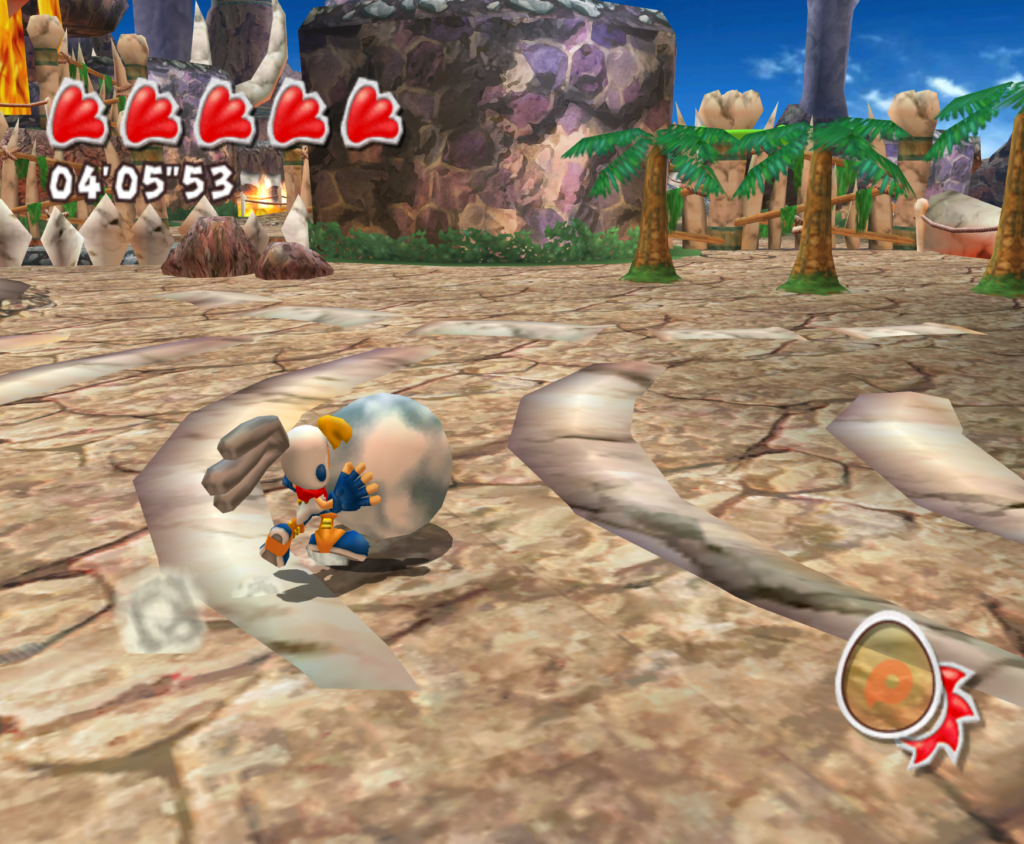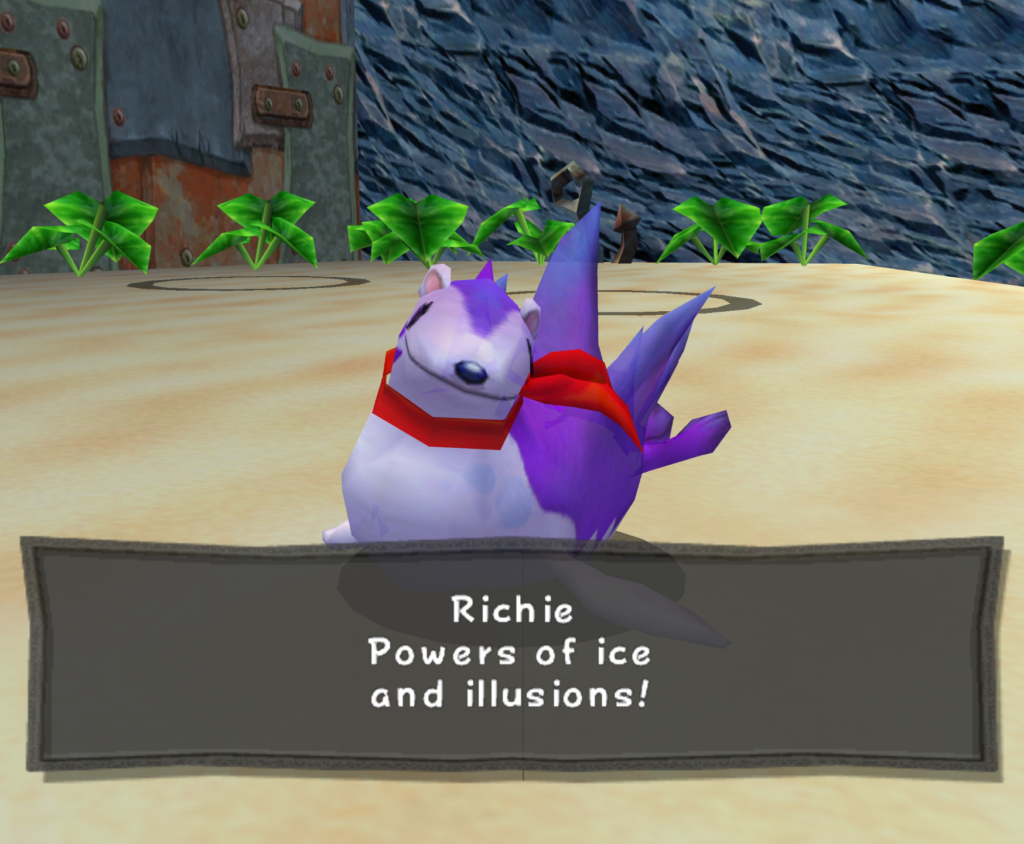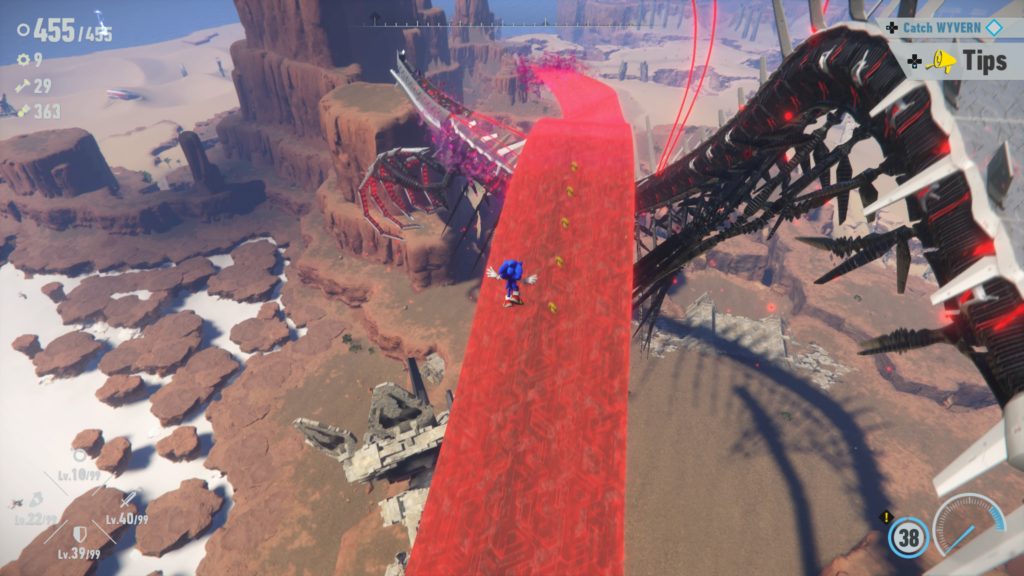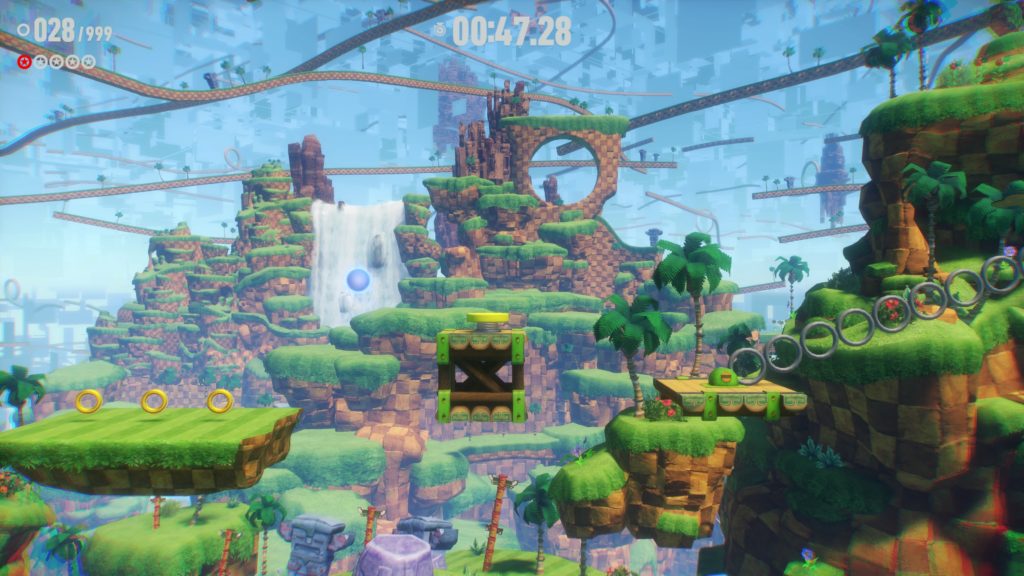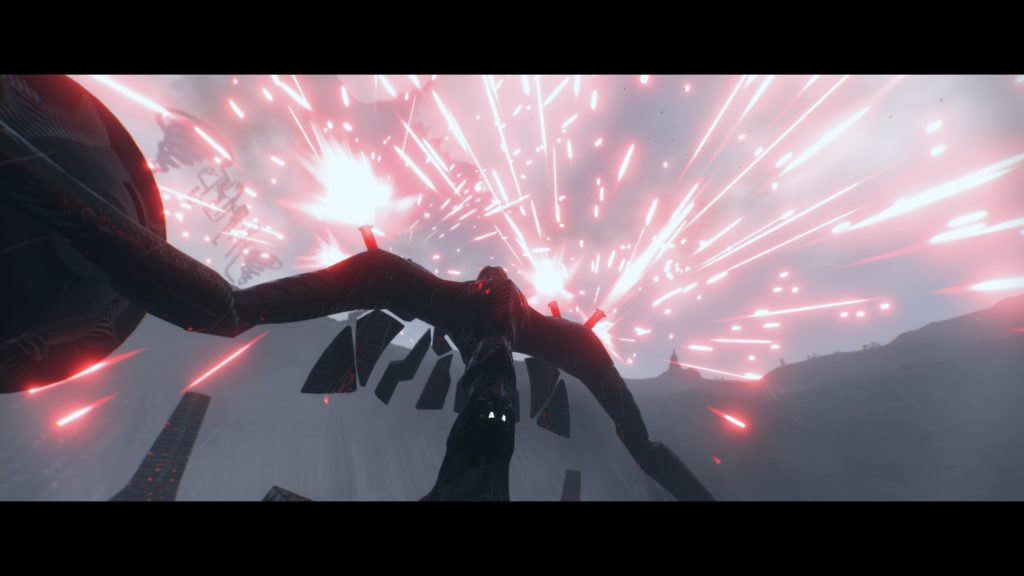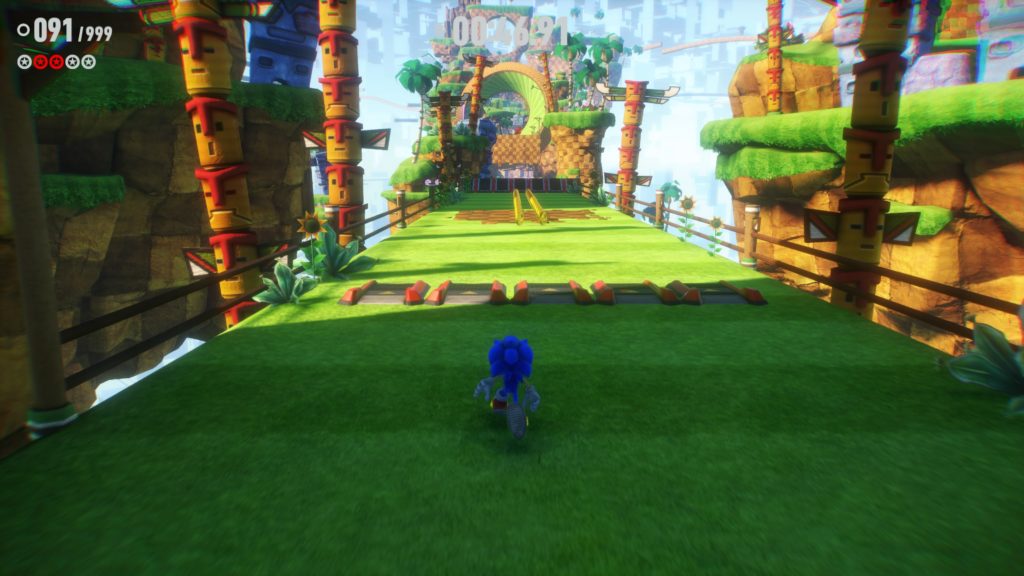- Genre: Platformer
- Platform: Xbox
When I play older games, I like to think of them with respect to their contemporaries. Sure, part of it is just in seeing how they age generally, but also to see how they were compared to what came out at the time. The problem for Blinx is that it’s entirely outclassed by its contemporaries. While the game tried to do some interesting things, it really shows its age compared to other things that came out at the same time that I still continue to occasionally play today.
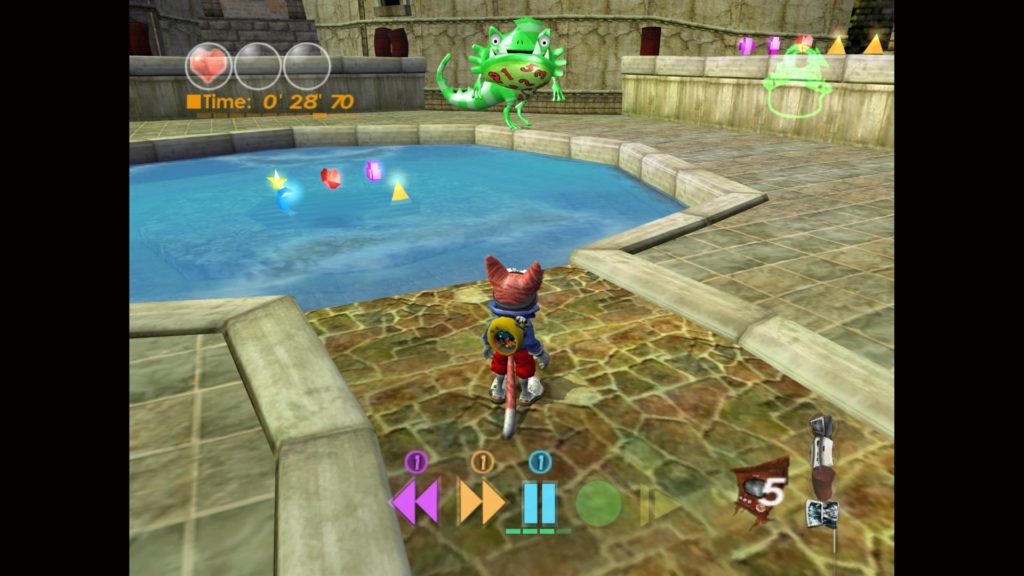
Blinx came out in October 2002, presumably to be both a mascot for Microsoft’s new console and a way to enter the Japanese market with something more familiar than Halo. The problem is that it was a very busy year for platformers. Looking at the list of big entries we’ve got:
- Rayman Revolution in January 2001
- Jak and Daxter in December 2001
- Ape Escape 2 in July 2002 for Japan
- Super Mario Sunshine in August 2002
- Sly Cooper and the Thievius Raccoonus in September 2002
- Ratchet and Clank in November 2002
Each of those games has something I can point at that simply did things better than Blinx, and that’s ultimately the problem with playing this game now. It’s obvious that even at the time it wasn’t doing anything well so much as doing things simply adequately.
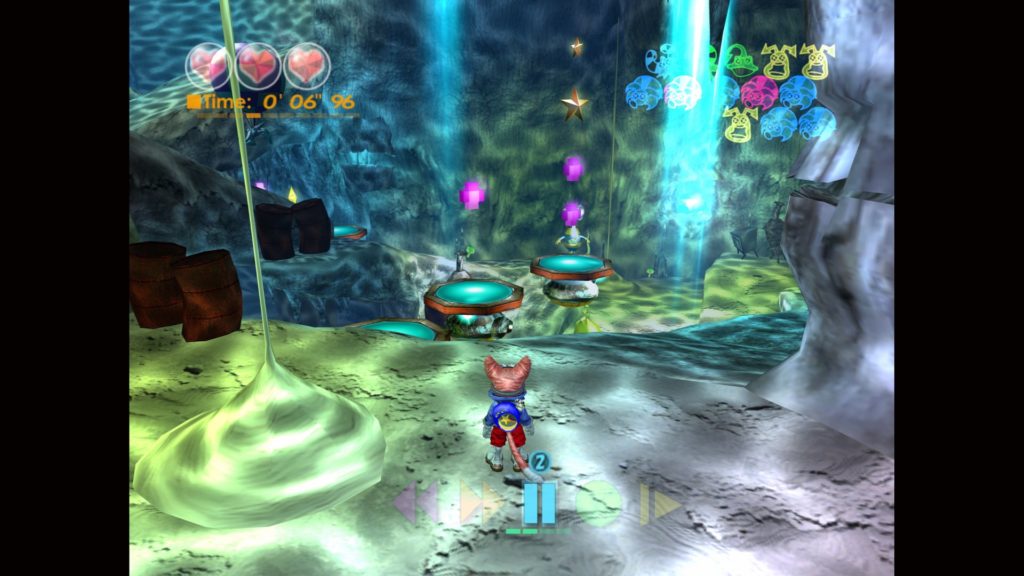
For pure platforming, you could easily pick Jak and Daxter or Sly Cooper as the obviously better targets. In both cases, it simply comes down to speed. Movement in Blinx is excruciatingly slow in a way that really surprises me. It often feels like I’m moving at about half the speed I want to. It basically results in jumps being only for vertical purposes. They often play into that with the time control powers (ex: a bridge falls, you can’t double jump the gap – you have to rewind to rebuild the bridge), but that gets into another core problem with the game.
The collection aspect of time powers is a weird thing where you have to build combos of symbols from items dropped in the world. If you match 3 or 4, then you gain some time powers. However, if you don’t match that many before you’ve collected 4 total items, you lose them all. It’s a needlessly complicated system that simply serves to do two things – makes me go slower to avoid picking things up by accident, and makes me backtrack when I figure out the core conceit of the level and what specific time power I require. It serves to loop back to my point that the platforming feels slow, because the mechanics are simply reinforcing that.
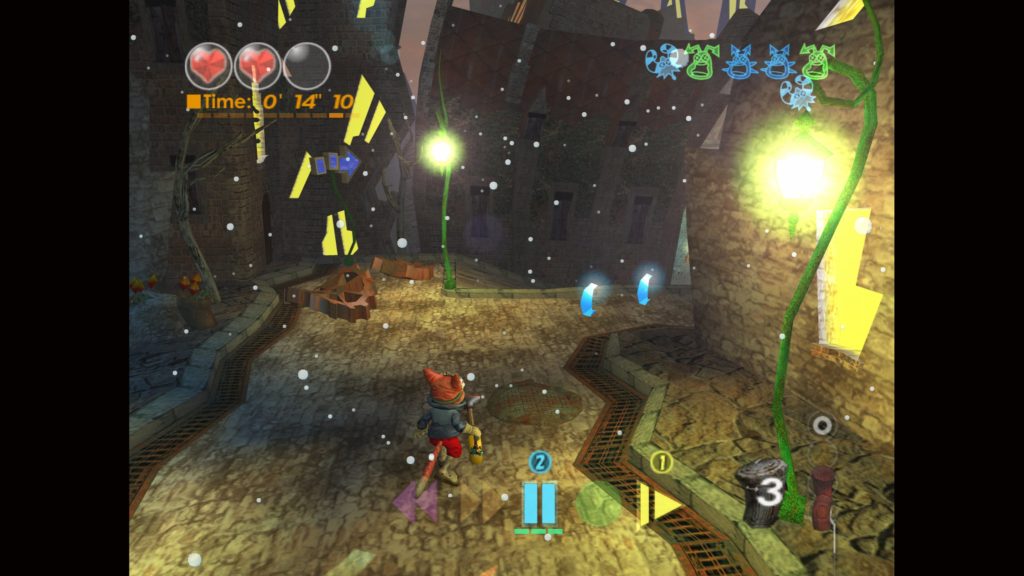
The other core mechanic in place is a vacuum to suck up and eject trash at enemies. This is where Ratchet and perhaps Luigi’s Mansion come into play a bit. Sucking up trash is another thing that is excruciatingly slow. It requires you to stand still, suck up a thing for a while then move on. However, you can also suck up the time power items from above, which again reinforces going super slow to be careful to not screw up your combo. This would have been so much better served being a move that lets you passively pull things in that are weaponry and ignore the time powers, as well as not requiring you to stop moving to do so.
Ratchet and Clank is definitely the comparison for the shooting end of things, though perhaps it’s more the second or third game in that series that are better comparisons. In this game, it’s extremely easy to just miss your shots entirely. This game would have been better served with aim assist that later Ratchet titles had to make shots more reliable, but even against the first entry this just doesn’t feel like it spent enough time letting the shooting mechanics cook. It feels hard to aim and doesn’t really feel powerful. Enemies have pretty weird immunity frames – particularly for long periods after they’re hit – that just break the pace of whatever combat was being attempted. Overall this is just a case where it feels like the weaponry aspect is just unnecessary against a more traditional stompy platformer setup.
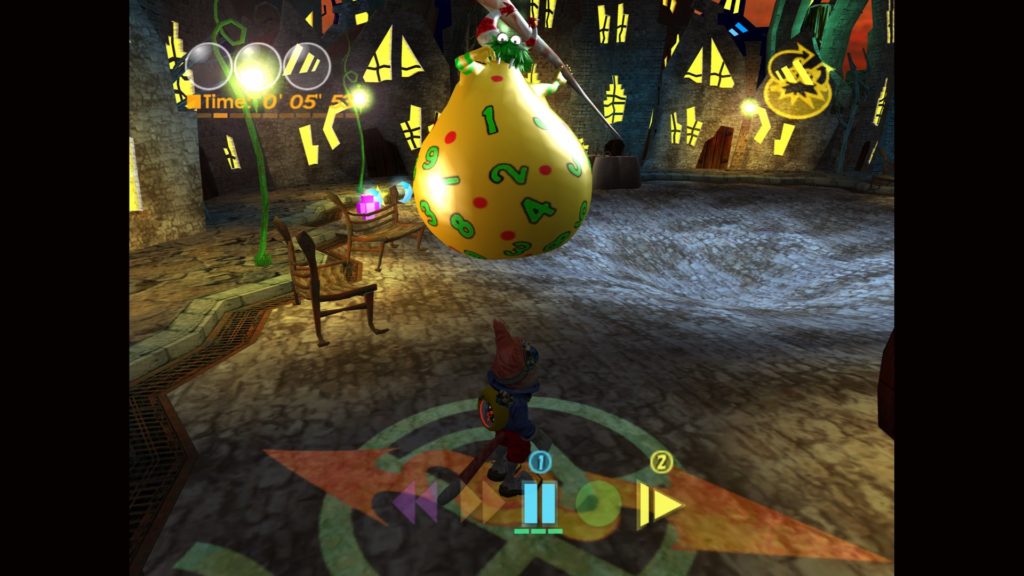
The final game in that list then is Super Mario Sunshine, and in this case I think the comparison is in the friction of taking damage. Blinx suffers from two problems in this case. The first is that taking damage simply breaks the flow of action in a negative manner. When you take damage, the action pauses, you rewind 5 or so seconds into the past, and lose ALL progress that had happened during that time, even if it was killing some other enemies. In large combat scenarios, it’s pretty frustrating to lose that progress to a hit. You also have a pretty limited set of hits that you can take (start at 3, expandable with in-game currency purchases) that can only be recharged via the time power matching system above or via a shop between levels. It’s slow to regain the retries and frustrating to run out of them.
Compare this against Mario Sunshine’s damage mechanics, where you can take a bunch of hits before losing a life, can easily recharge that with coins scattered all over the place, and time doesn’t stop if you take damage. This results in another case where the mechanics reinforce the game feeling slow, since it felt like I was being pushed to fundamentally avoid damage, rather than just minimize it.
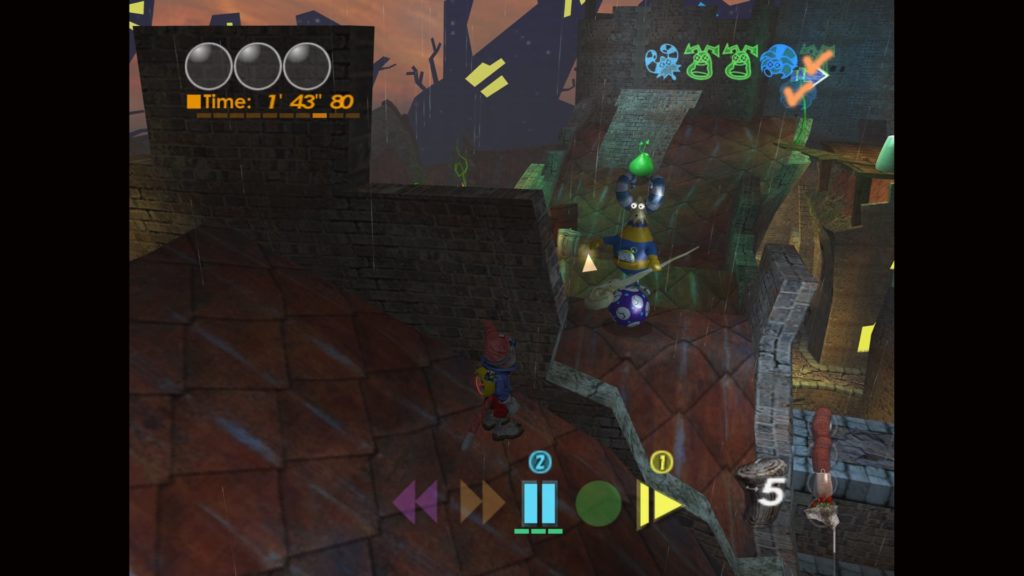
It’s one thing to be frustrated by a game that simply feels old. Billy Hatcher from a couple posts back is a good example of that. However, this game is frustrating because it landed in the middle of a 3D platformer golden age and simply couldn’t keep up. Other games for other platforms were simply doing its core set of mechanics better. All that said, it’s available on Game Pass and you could do worse than free.


